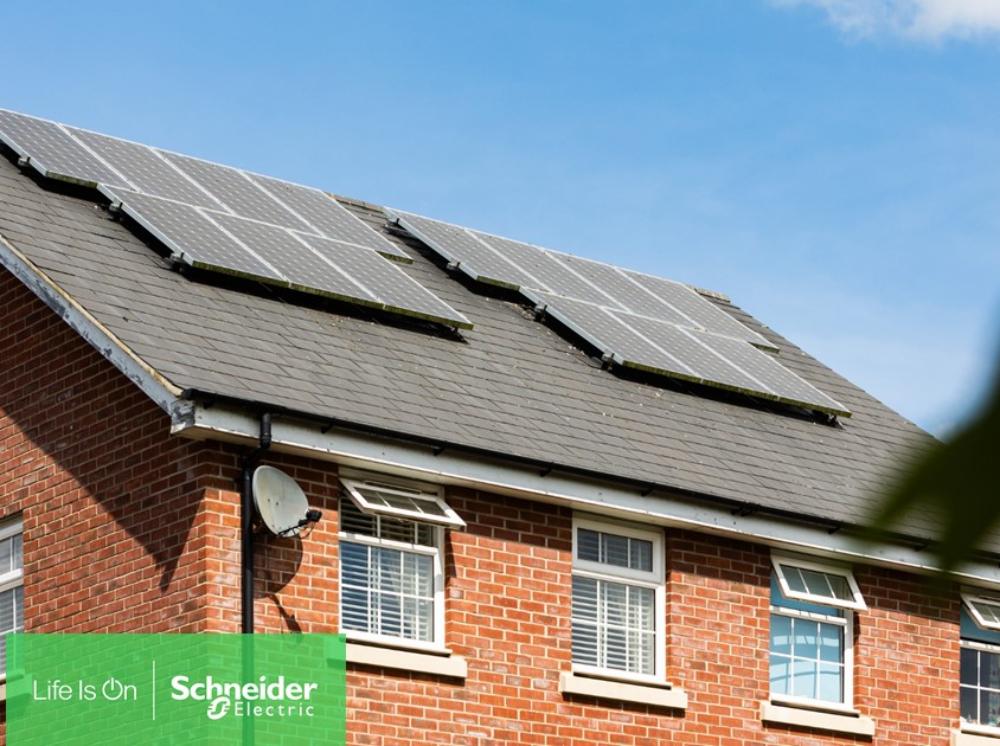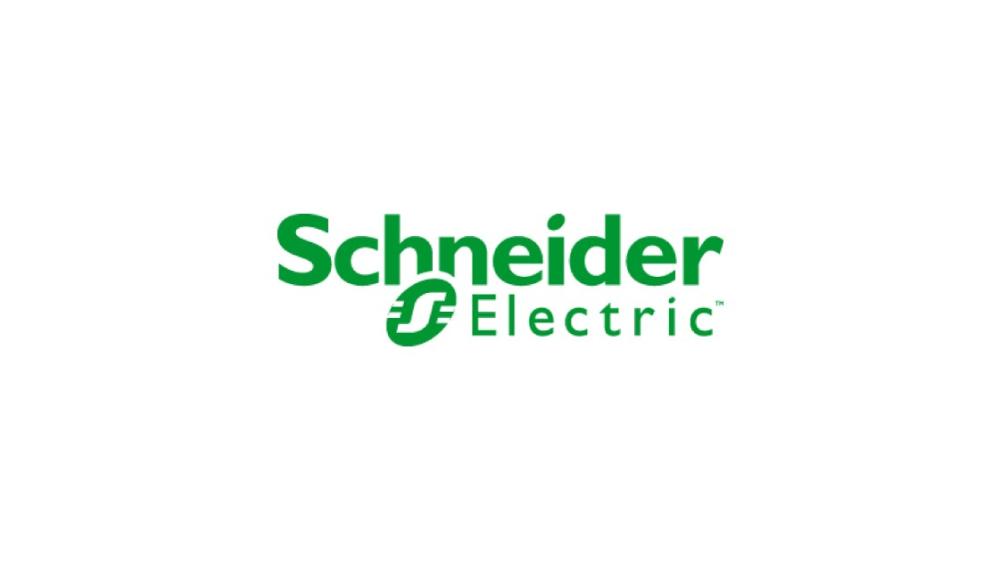Schneider Electric, the leader in the digital transformation of energy management and automation, welcomes the European Commission’s REPowerEU plan addressing the current energy crisis in Europe, published on May 18, 2022, and presents a white paper “REPowerEU: Empowering energy consumers for a more sustainable and resilient Europe” that outlines a 10-point action plan to make Europe digital and electric by 2027.
“The REPowerEU plan puts forward strong proposals to diversify European gas supply, invest in renewable energy and deliver energy savings. We firmly believe that we must concentrate on investing in smart and decentralized energy solutions capable of achieving structural change long before 2027. A New Electric World is emerging. It is more digital and is being driven by energy consumers. At Schneider, we call this Electricity 4.0. With this transformation in mind, we present 10 concrete actions that the EU can take for both rapid returns and longer-term benefits,” shared Philippe Delorme, Executive Vice President Europe Operations at Schneider Electric.
The most rapid gains will be made by digitalizing efficiency, both in buildings (with monitoring and controls; Action 1) and in industry (with energy management systems; Action 2). The renovation of non-residential buildings to incorporate digitally enhanced energy efficiency is a “no-brainer” due to the short-term return on investment.
Digitalization synergizes with electrification, especially of heat in buildings (with connected heat pumps; Action 3) and in industrial processes (Action 4) are other no-regret options. Today’s technologies could electrify 90% and 78% of heat in those sectors, respectively. The remainder can provide niches for green hydrogen and biogas (Action 5).
We must decentralize our energy, with self-consumption of rooftop solar (Action 6), demand-side flexibility (Action 7), microgrids (Action 8) and smart EV charging (Action 9). While the REPowerEU plan rings very positive proposals on some of those issues, it could be a much higher priority at an EU and national level. These will largely require ambitious regulatory incentives and strong signals, such as mandating a 10% reduction in peak energy consumption and obliging that 20% of large non-residential car parks provide access to EV charging points.
Finally, instead of retrofitting to compensate for prior mistakes, we need to build right from scratch, with digital tools guiding the design of new buildings (Action 10). Building information modelling reduces the error rate by over 60%, while making the building more sustainable and more energy-efficient once in use.
For more details, please refer to the white paper.




